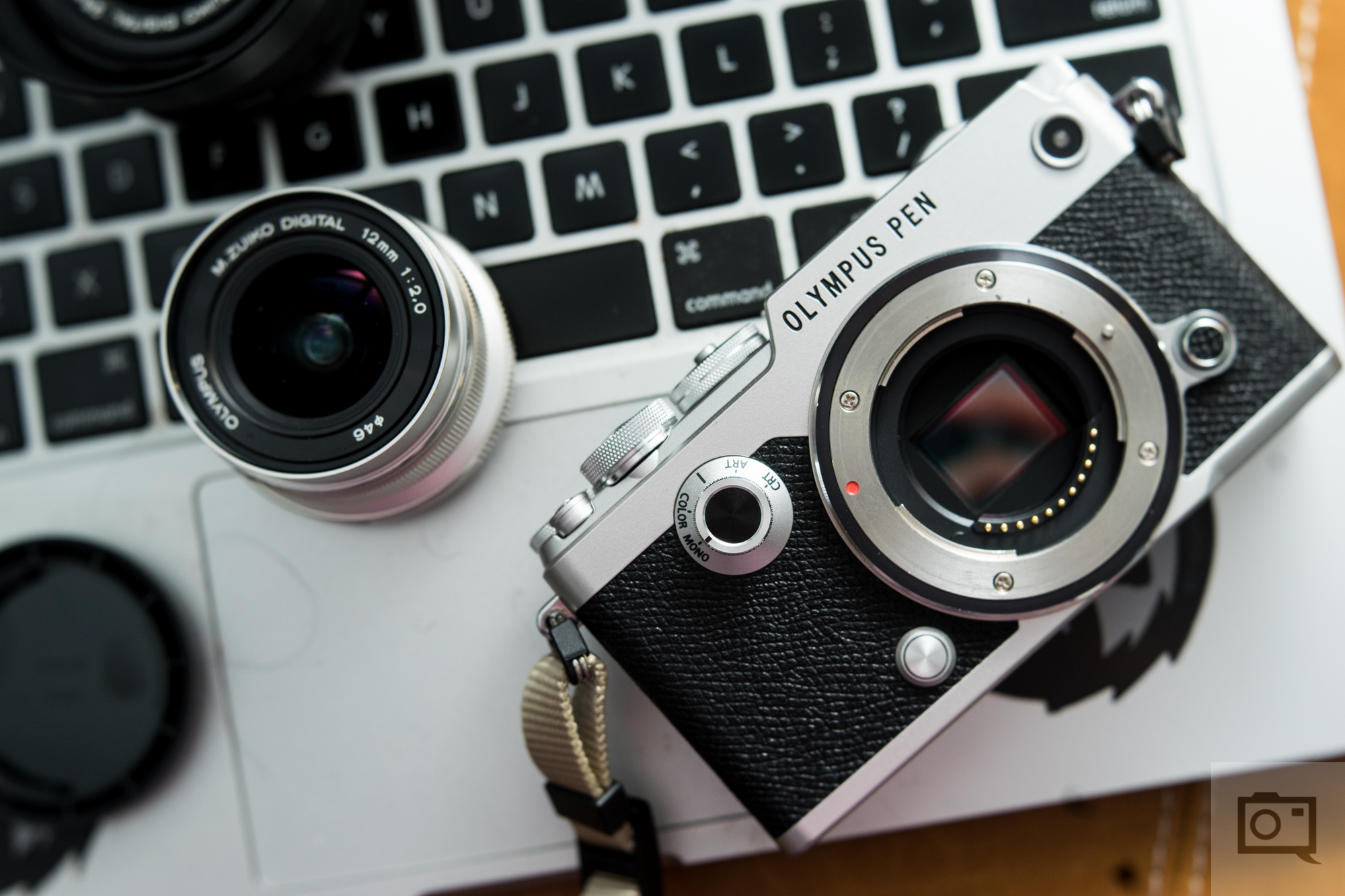Last Updated on 02/06/2020 by Mark Beckenbach
Despite what some people say, The Micro Four Thirds Platform is alive and well, and there is a camera to suit your specific needs, even for pros.
The Micro Four Thirds platform doesn’t get a whole lot of love these days thanks to the prices of Full Frame and APS-C cameras plummeting, and misinformation bandied around the web by people who think they know it all. I’m here to tell you that the Micro Four Thirds platform is doing just fine, and believe it or not, the cameras are more than capable of producing stunning images. Heck, some Micro Four Thirds cameras are more than good enough to be used by pros too. After the break, we will take a quick look at several M4/3 cameras that suit every photographer from beginners to professionals.
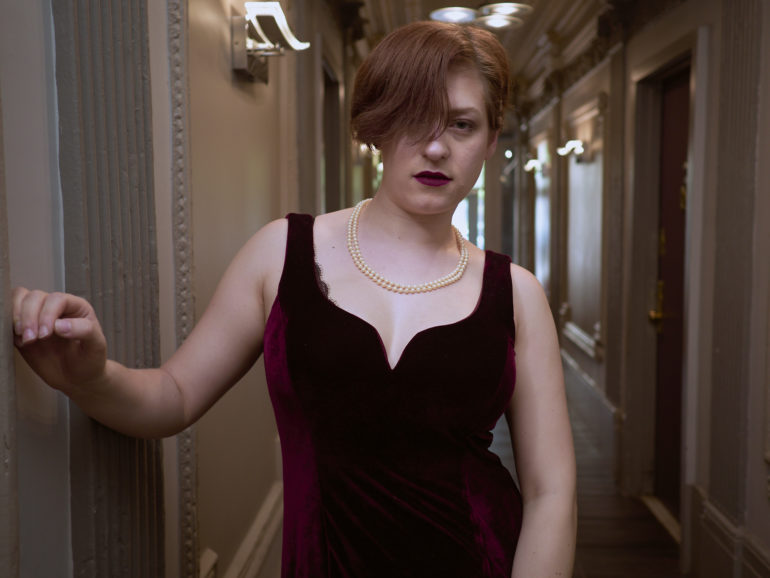
So, what are some of the misconceptions about the Micro Four Thirds platform? People will tell you the image quality is poor because of the small sensor. That’s false. You’ll be told that low light and high ISO shooting is not possible. That’s also false. I have shot at ISO 6400 without issues. Use fast glass and take advantage of class-leading image stabilization and you’ll be fine. You’ll also be told that dynamic range is terrible, that you cannot create bokeh, and that there is no way you can be a professional and use Micro Four Thirds cameras. It’s all rubbish and untrue.
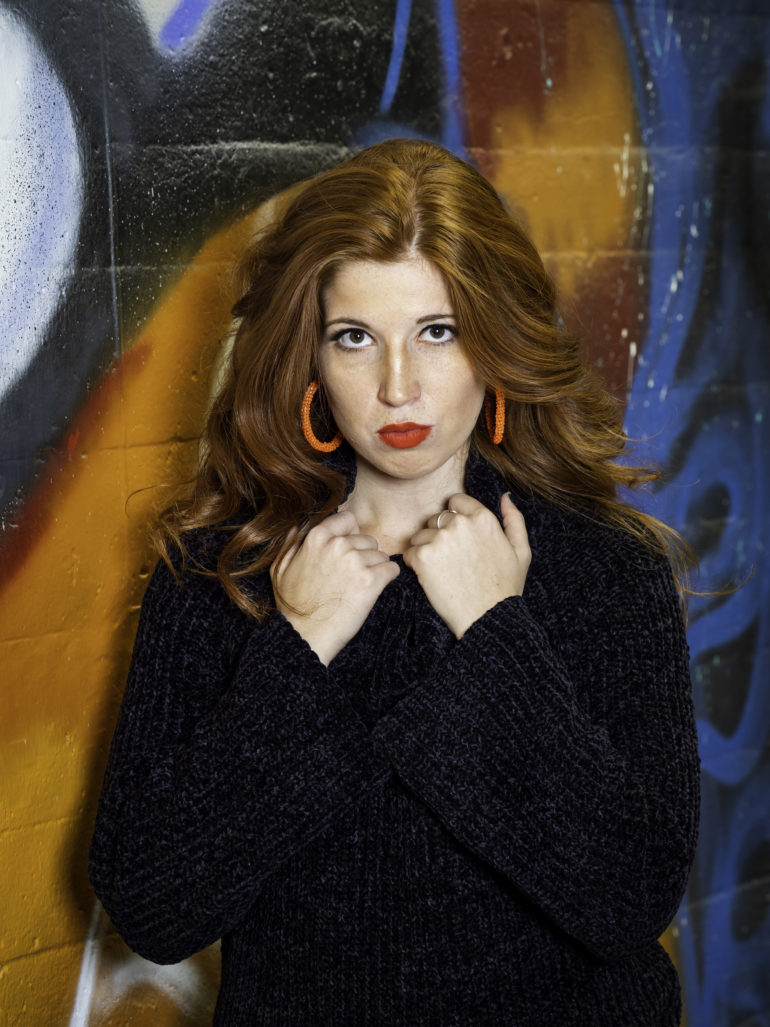
There are far too many faux-tographers out there who have a Full-Frame camera complex, and they will criticize the system even though they have never used it. It’s a shame because the platform is excellent, and the lenses, especially the Panasonic Lumix, and Leica glass, and Olympus M. Zuiko and Pro lenses are all incredibly good. I use the Olympus OM-D E-M1 II daily for both paid work and personal use, and I have never had a bad word said about my images, nor have I been left wanting more. Stop listening to those who badmouth the system. Get one in your hands and see just what these cameras can do. Not only will you be stunned with the image quality, but you’ll also love how much lighter the system is compared to APS-C and Full Frame offerings. Here’s a look at which Micro Four Thirds cameras are perfect for every type of photographer.
For the Beginner – Olympus E-PL9
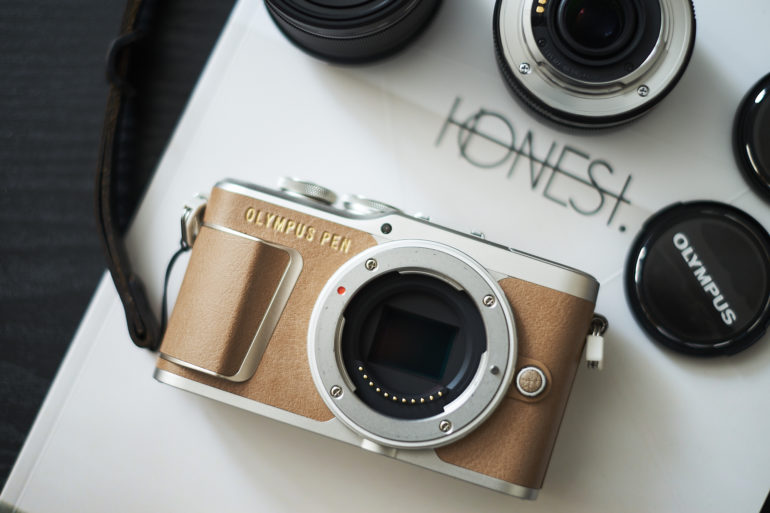
If you’re looking to step up from your smartphone, the Olympus E-PL9 is the perfect place to start. Small, user-friendly, gorgeous looks, and affordable, the Olympus E-PL9 can slip into your bag or jacket pocket and can go anywhere with you. Pair it up with a small lens like the 14-42mm pancake lens and you’re all set. You’ll be very pleased with the image quality, the fun built-in filters, and dedicated modes to help you shoot whatever you want. Here are the pros and cons from our full review:
Pros
- The instant film simulation isn’t exacting, but it’s still cool to play with
- Small
- Nice feel in the hand
- Fast autofocus in most situations, though with varying accuracy
- Colors can really pop when editing them in Capture One.
Cons
- It deserves a viewfinder
Buy now: $549 with the 14-42mm lens
For the Travel Photographer and Hobbyist – Olympus OMD EM5 Mark III
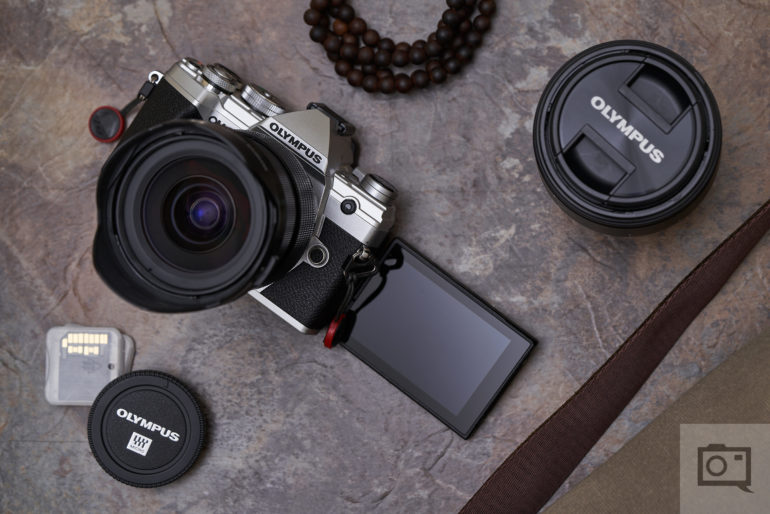
If you want a small but mighty camera to take with you on your travels, or you don’t want to drop over four figures on a camera that feeds your hobby, the Olympus OM-D E-M5 III is the one for you. It has gorgeous retro looks, a fully articulating screen, the same blazing-fast autofocus, a 20.4-megapixel sensor that’s found in the E-M1X and E-M1 II, and it is weather sealed. Pair all this with the Olympus 12-200mm f3.5-6.3 or the Panasonic 12-60mm f2.8-4 and you’ll have an all-in-one package that can shoot any genre. Here are the pros and cons from our review:
Pros
- Beautiful retro styling
- Excellent image quality
- Robust weather sealing
- Reliable image stabilization
- Accurate autofocus
- Compact form factor
- Built-in Live Composite and 50 MP High Resolution shooting modes are highly effective.
Cons
- Form factor can be too compact for some
- Plasticky build quality
- Single UHS-II SD Card slot
- Lacks dedicated joystick
- Poor battery life
- Convoluted menu systems
Buy now: $999
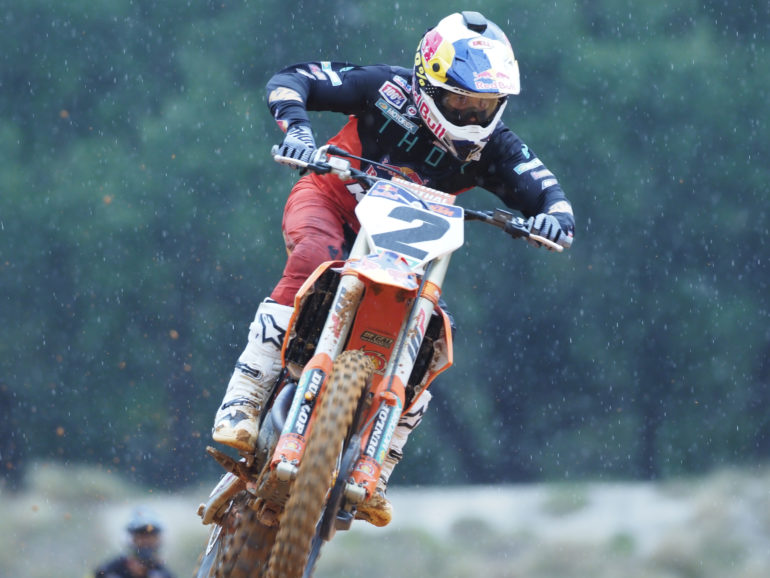
Pro Tip: These Micro Four Thirds cameras are so much fun to use, you’re going to find yourself out and about more than ever just so that you can capture images with them. Being outside means your gear is going to get dirty rather quickly. We recommend you carry a basic cleaning kit with you at all times so you can wipe off any dirt, dust, or water. You don’t need an expensive kit: this one is just fine.
For the Street Photographer – Olympus Pen F
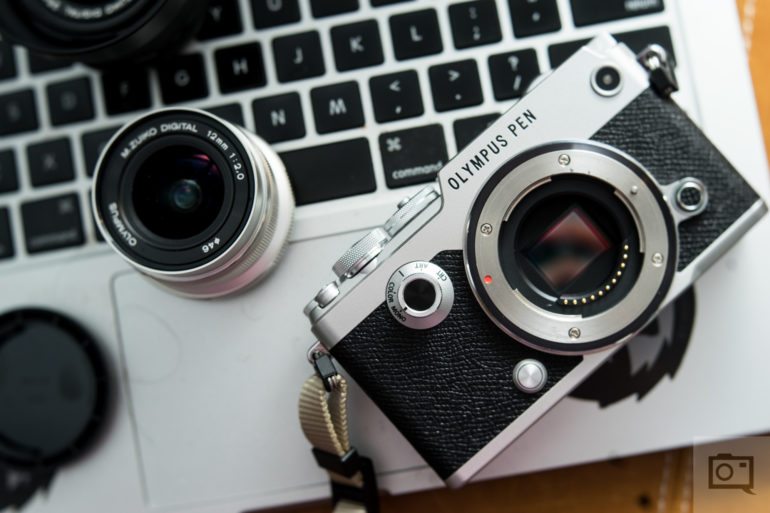
Just. Look. At. It! It’s a thing of beauty. The Olympus Pen F isn’t just about looks though: this camera is a pocket-sized beast! It packs a tremendous 20-megapixel sensor, 5-axis in-body image stabilization, ultra-fast autofocus, creates gorgeous RAW and JPEG files, and fires off ten frames per second. Pair it with the Olympus 17mm f1.8 or the Panasonic 20mm f1.7 II and you’ll be in street photography heaven. Here are the pros and cons from our full review:
Pros
- The absolute best and in some ways almost perfect image quality from an Olympus ILC camera yet
- Handles very much like an old analog camera
- Feels amazing in the hand for street photography
- Thumb rest is absolutely fantastic.
- Autofocus performance is more than satisfactory.
- Not too large of a camera body
- The knob that lets me shoot in black and white mode has us addicted to not only shooting in black and white but also being very happy with the JPEGs.
- Flippin’ fantastic JPEG output
- Great EVF
- The electronic shutter is super nice.
- The most beautiful digital camera made thus far
- 80MP High res mode is there but I’m honestly not sure it should be. It wasn’t really designed for that user.
- We haven’t been this excited about a camera since the Olympus OMD EM5 came out.
Cons
- We really, really wish Olympus put some weather sealing into the camera.
Buy now: $999
For the Hybrid Shooter – Panasonic GH5s
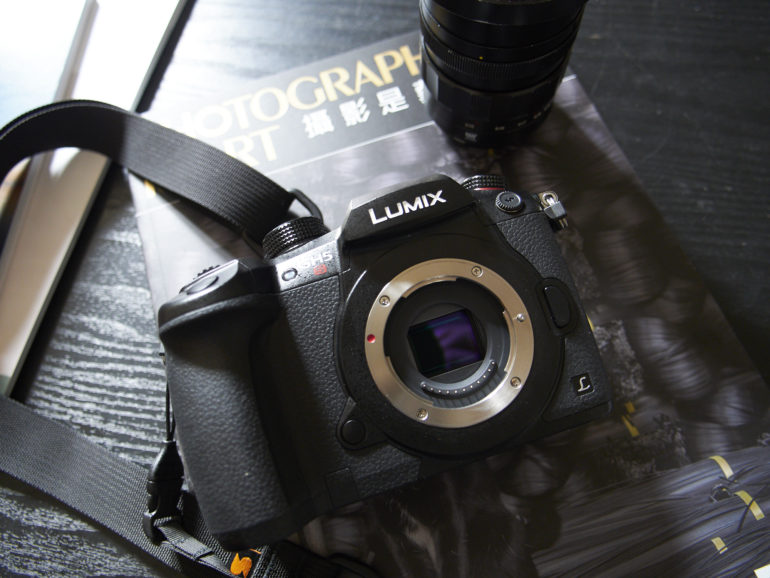
The GH5s has reached legendary status with content creators everywhere thanks to its excellent 4K 10-Bit unlimited recording time video option, and the fact that it can take great images. It’s built like a tank, features great autofocus performance, and it’s weather-sealed. Pair it with the new Panasonic 10-25mm f1.7 and you’ll have a package that’s great for videography and photography. Here are the pros and cons from our full review:
Pros
- Weather sealing
- Great autofocus in most situations
- Focus peaking for manual focus lenses
- High ISO output is great.
- Because this is a 10.2MP Four Thirds sensor, the pixels are more densely packed and therefore give off pretty detailed images.
- Tactile things on the buttons that make you realize what they are
Cons
- That’s a lot of money to pay.
- Detail loss above 6400 is a bit too much.
Buy now: $1,997.97
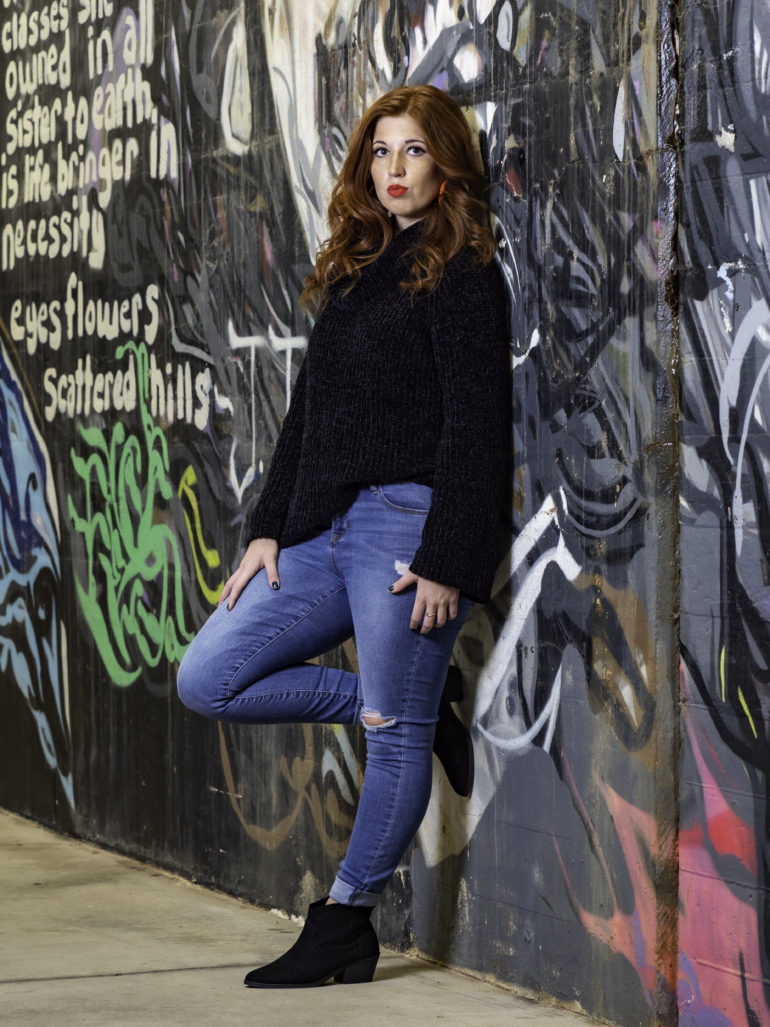
Pro Tip: One thing to keep in mind with Micro Four Thirds cameras is that they have a 2x crop. This crop means whatever lens you have attached to the camera will act as if it is twice its actual focal length. So, the Sigma 16mm f1.4 (one of my personal favorites) will have an equivalent focal length of 32mm and an equivalent f-stop of 2.8. As you’re looking for Micro Four Thirds lenses just remember this and you’ll be A-Okay.
For the Professional – Olympus OMD E-M1 Mk II
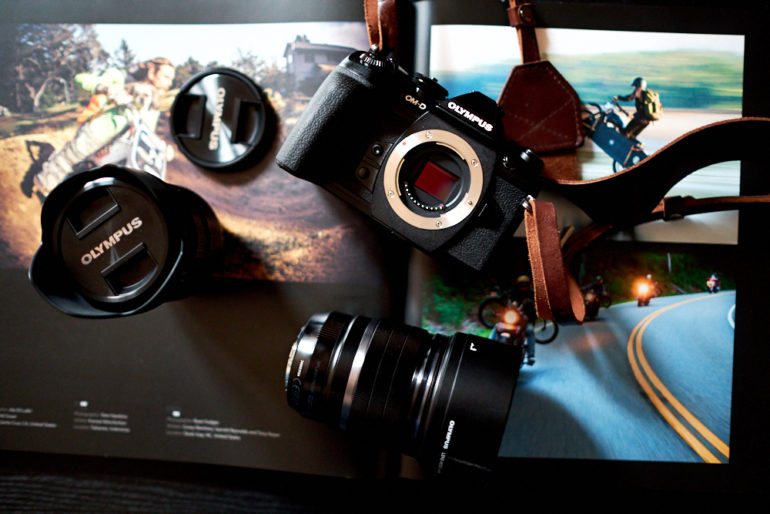
The Olympus OM-D E-M1 II is a workhorse of a camera that is built tough and has more features than you’ll know what to do with. The in-body image stabilization will let you shoot 15-second handheld shots when used with the Olympus 12-100 f4 Pro, the autofocus system is fast and features eye and face detect, it’s got enough weather sealing to survive the next great flood, and two SD card slots (One UHS-II). Pair it up with the Olympus 40-150mm f2.8 Pro or the Olympus 45mm f1.2 Pro and you’ll have a portrait photographer’s dream setup. Here are the pros and cons from our full review:
Pros
- Good image quality though you start to see shadow noise at ISO 6400
- They’ve finally fixed the problem where ISO 6400 was marked as an extension.
- Weather sealing that is bananas good
- We handheld the camera and got a blur-free image at 15 seconds.
- Comfortable to hold
Cons
- Menus got deeper
- Fast autofocus can sometimes miss moving subjects in low light.
- Despite having some of the best ergonomics we’ve ever felt on any camera to date, it desperately needs a dedicated ISO control dial.
Buy now: $1,299
For the Sports, Nature, and Wildlife Photographer – Olympus OMD EM1X
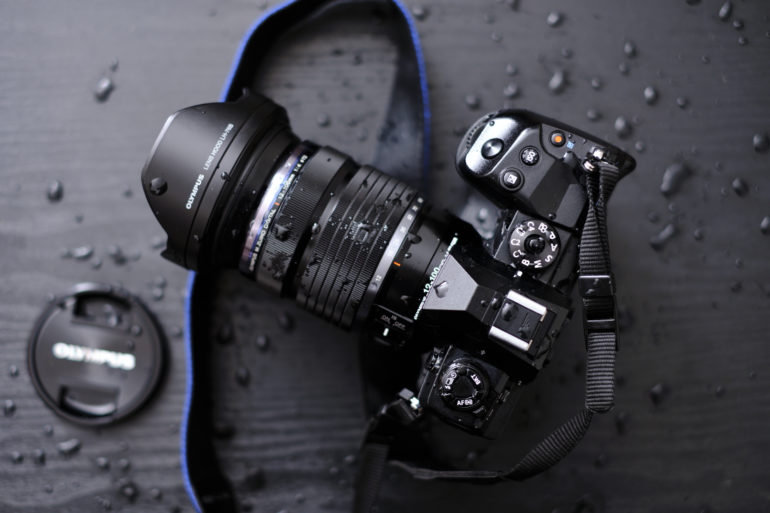
If you need a camera that can survive anything Mother Natures throws at it, the Olympus E-M1X is the camera you need. This camera was designed for professional sports photographers and for those who love to be outside with wildlife. Two image processors make this AI-powered camera a joy to use, and the focusing system is fast enough to capture any action. Pair it up with the Olympus 40-150mm f2.8 Pro, the Olympus 300mm f4 Pro, or the Panasonic 100-400mm and you’ll be amazed at what this camera can do. Here are the pros and cons from our full review:
Pros
- Very fast autofocus
- Autofocus is fast for tracking but still isn’t what Sony does in the Sony a9.
- Very well weather sealed
- Lightweight
- A joy to carry and hold
- We love that there is no automatic mode of any sort.
- The viewfinder is very nice.
- C-lock switch is awesome
- One of the best weather-sealed mirrorless cameras we’ve ever tested
- Damned good image stabilization
Cons
- Face detection isn’t as good as Sony’s and Fujifilm’s.
- Needs a star rating system for the images
- Interesting choices for what Olympus should hone in on for autofocus tracking
- I miss Sony’s and Canon’s no viewfinder blackout by default with everything. You have to go into Pro Capture Mode to get this.
- The focus tracking was all over the place.
- This is a noisy camera at ISO 6400.
- The RAW files aren’t super versatile at higher ISO settings.
Buy now: $2,499


